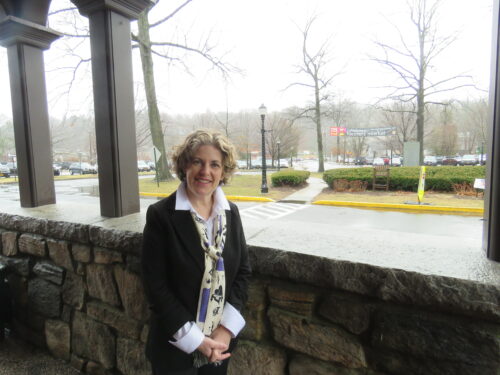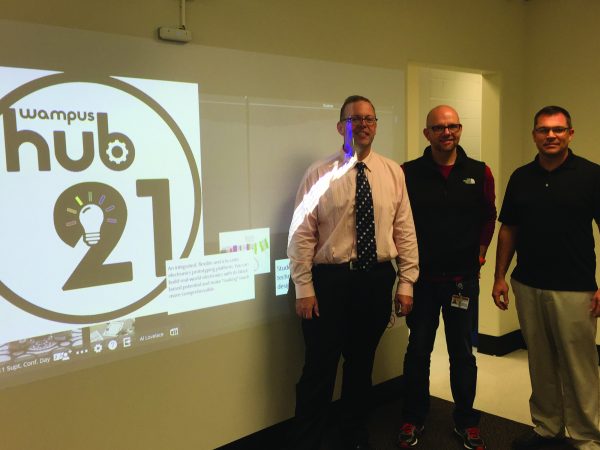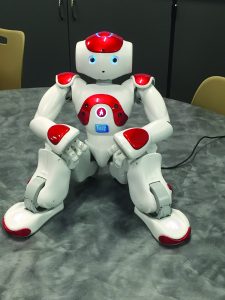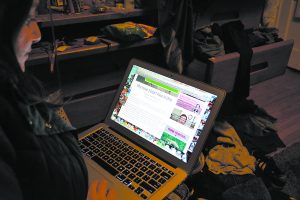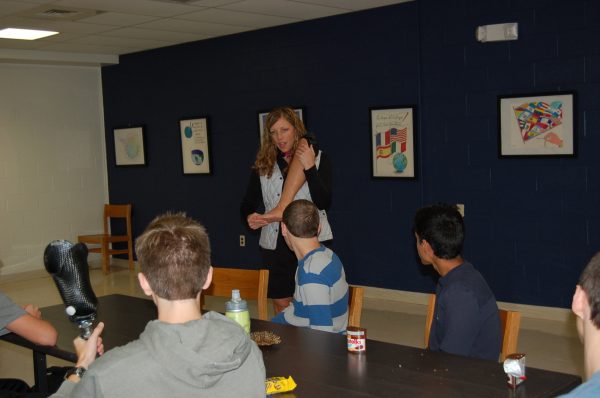Years ago, everybody seemed to be blasting the song “Lean on Me” from the radio 24/7. The chorus repeated, “If you need a friend, call me.” This reprise seems to not have aged well as simply phoning a friend has become an anomaly replaced by the sterile, often misunderstood text.
Don’t get me wrong, I like the simplicity of a text to make plans, share a photo, update a situation, know where our children are, but honestly, I’m increasingly hungry for the human voice. It feels weird to text a friend to ask if now’s an ok time to talk.
My mother used the phone as an instrument and practiced hours a day with diligence and pleasure. Every day she spoke to her mother and sister numerous times, a cigarette and Sanka at the kitchen table, or the phone cradled between her shoulder and ear as she did dishes or polished her nails.
When I became a teen driving to a friend’s house, the requisite call or a “ring once” would be made upon arrival and when I left for home after dark. That would have been a great opportunity for a text. Had cell phones been the norm back then, the clicking of her texting all day, not hearing her voice and laugh filling the house would have been a loss–our home that much quieter and less animated.
Our voices carry who we are in the world and imprint deeply, an auditory image pressed into the airwaves perhaps forever.
My mom did become savvy with changing technology, working her remotes and computer with finesse, storing pictures, cataloging her collectibles, phone programmed with speed dials of family and emergency numbers. I remember a year or two before she passed, her brain a bit foggy, she asked if I could get her “the text”. Of course, I was amused but also impressed that she wanted to keep up. I did not, I admit, get her an updated phone as I knew she would be texting me all day long. As a working woman, the numerous daily calls were enough.
Wisely I kept the recorder from my long-disconnected landline, her messages captured for all time. Sometimes I play them back to hear her loving voice as I hit repeat until the tears fall.
Now bridging two worlds, I worry that we have fallen into an unnatural awkwardness that makes calling someone to say hi uncomfortable. I can’t help but wonder what the future holds as technology fills the generation gap potentially becoming the standard. This was not so just a few years ago when a living breathing voice on the other end gave space for a natural conversation. If one was busy, it was ok to say, “I’m busy, I’ll call you back when I have a few minutes.”
Are we always too busy, or just addicted to the “wham bam thank you ma’am” of a quickie text exchange?
Mental health experts have opined on the detriment of the lack of socialization during lock down on the development of children, but what about us adults? Many of us have had dramatic lifestyle changes due to the pandemic which, combined with the over reliance on texting, further isolates.
I’m not saying I want to abandon technology and all the time saving, educational and organizational benefits, but not to the exclusion of a good telephone call which no font or emoji can replicate.
This holiday, I did a fair amount of soul searching trying to figure out what I needed most going forward into the New Year. Yes, the typical stuff came up like reading more, exercising regularly, taking a trip here and there, but what I really want is more connection.
Though I have an outgoing personality it might be assumed that I’m a person who needs a large circle of friends juggling a social calendar like keeping spinning plates in the air but actually I am anything but that. A handful (and five is just about perfect) of reliable, no nonsense friends to walk with and share an occasional phone call to talk about nothing and everything is more the aching need.
So I called people. Just like Mom did. Old friends, new friends, family and neighbors I’d like to know better. I did not apologize for calling. I simply said, “I’ve missed you, how have you been?” The surprise then delight I was met with on the other end of the call across the corners of this earth was like a long drink of water with two straws on a very hot day.
So now I have created my New Year “New Normal”. I’m gonna call my friends. Be ready, it can happen any moment I get the urge. And I hope you call me too. If you’re already my friend, you have my number.
